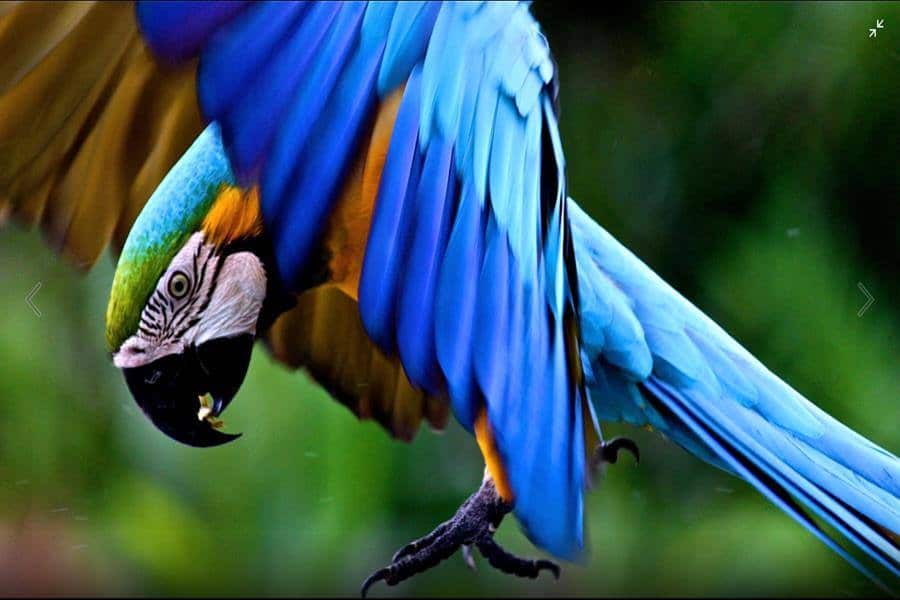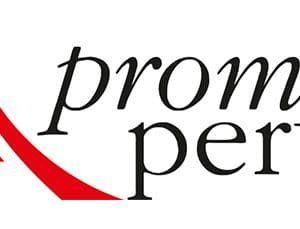Birds and Animals found in Tambopata
Birds and animals found in Tambopata
Less than an hour downstream from Pto. Maldonado walking about 1 hour is Lake Sandoval, a large lake where the Ministry of Agriculture has introduced the big paiche fish. At its best in the mornings there are opportunities to observe wildlife, You can even see giant otters (Pteronura brasilensis); Hundreds of hoatzin birds are found in the trees that surround the canal: large, ungainly creatures with orange and brown plumage, long wings and distinctive pointed ridges.
The region of Tambopata – Candamo has several world records in flora and fauna of the region: 545 species of birds in only 5,500 ha. 1122 species of butterflies, 151 species of dragonflies, and 29 species of tiger beetles.
The spectacular Tambopata high river collpas have made the Tambopata National Reserve famous. Hundreds of individuals of various species of parrots and macaws gather in this place. There are also smaller macaw clay licks on the Heath River.
The “Collpa” is a Quechua name for the places where many species of animals congregate to eat mineral salts from the soil. Scientists believe that this behavior complements the diet of these animals. However, others believe that ingesting these minerals reduces the toxic effects of some wild fruits and seeds.
In its interior there are healthy habitats for the recovery and refuge of threatened populations of species such as the giant river otter (Pteronura brasiliensis), the otter (Lontra longicaudis) and felines such as the yaguarundi (Herpailurus yagouaroundi), the puma (Puma concolor), the jaguar (Panthera onca), the ocelot or tigrillo (Leopardus pardalis) and the margay (Leopardus wiedii).
Among the primate species are the maquisapa (Ateles chamek), the pichico (Saguinus fuscicollis), the pichico emperor (Saguinus imperator), the friar (Saimiri boliviensis), the monkey boar (Alouatta seniculus), the black-headed monkey (Aotus nigriceps) ), the woolly monkey (Lagothrix lagotricha), the squirrel monkey (Saimiri sciureus), the white capuchin (Cebus albifrons) and the black capuchin (Cebus apella).
Other species of mammals are the tapir (Tapirus terrestris), the peccary (Tayassu pecari), the collared peccary (Tayassu tajacu), the red deer (Mazama americana), the gray deer (Mazama gouazoubira) and the two-toed sloths (Choloepus hoffmanni ) and three-toed sloths (Bradypus variegatus).
As for the birds, the presence of the harpy eagle (Harpia harpyja), the crested eagle (Morphus guianensis), the unicorn paujil (Pauxi unicornis), the common paujil (Mitu tuberosa), and the carunculado paujil (Crax globulosa) stand out.
The reptiles are represented mainly by the green viper (Bothrops bilineatus), the boa constrictor (Boa constrictor), the emerald boa (Corallus caninus), and the bushmaster (Lachesis muta). It is also common to observe the black cayman (Melanosuchus niger), the white cayman (Caiman crocodylus) and the river turtle (Podocnemis unifilis).
Among the fish we have the boquichico (Prochilodus nigricans), the yahuarachi (Potamorrhyna latior), the bulging zangaro (Brachyplatystoma filamentosum), the golden catfish (Brachyplatystoma flavicans) and the paco (Piaractus brachipomun). Among the non-commercial fish are the shad (Brycon spp.), The mullet (Schizodon fasciatus), the catfish (Pimelodus sp.) And finally the piranhas that are common in the different lakes.
A species that only exists in this reserve is the Brazilian nut (Bertholletia excelsa). In Peru it is located exclusively in the eastern fringe of the department of Madre de Dios and is the very important commercial non-timber species that forms a valuable part of the habitat of numerous mammal species as a source of food, as well as for the nesting of birds raptors
In the buffer zone are the native communities of Palma Real, Sonene and Infierno belonging to the native group Ese ‘Eja; and the Kotsimba native community of the Puquirieri group.



